As summer ends, it’s easy to let garden maintenance slide. But if you want your garden to thrive into fall and winter, avoiding some common end-of-summer mistakes is essential. Here’s what to keep in mind as you prepare your garden for the cooler months.

Weeds
🌱 Mistake 1: Letting Weeds Take Over
Weeds are still active in late summer, and if you let them go to seed, you’ll have more trouble next year. Stay on top of weeding, especially in garden beds, to save yourself work down the line.
💧 Mistake 2: Not Adjusting Your Watering
After a long summer, many continue warm-season watering habits into fall but keep in mind that plant needs change with the seasons.
- Adjust your irrigation – As fall rains arrive, cut back on automatic watering. If you have a rain sensor, use it to avoid watering during a storm.
- Watch new plants – Pansies and violas need consistent water as they get established. Avoid overwatering snapdragons.

Boxes of Bulbs
🌷 Mistake 3: Forgetting to Plan for Bulbs
Most people don’t think about bulbs until spring, but fall is the time to plan:
- October is bulb season – Get your daffodils, tulips, and hyacinths now to ensure a beautiful spring display.
- Chill your tulips – Tulips need to be chilled before planting, so store them in the fridge before they go into the ground.
🍂 Mistake 4: Neglecting Garden Sanitation
Diseased plant material can lead to more significant problems:
- Remove diseased foliage – Clearing infected leaves helps prevent fungus or disease from spreading to healthy plants.
- Rework mulch after the leaves fall – Old mulch can harbor pests or diseases. Replace it, especially under shrubs, to keep your garden healthy. When tidying up, compost spent plants and old mulch (but not weeds!) to help beneficial insects overwinter.

Zinnias and Marigolds
🌻 Mistake 5: Not Prepping for Fall
A little TLC before winter can go a long way. Whether weeding, removing diseased plants, or prepping bulbs, these tasks keep your garden healthy and ready for next season.
Need help? Visit Oak Street Garden Shop for everything you need to prepare your garden for fall and winter!
See you soon!

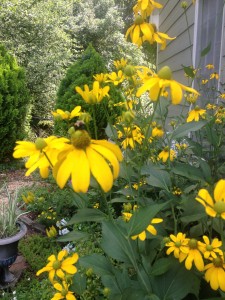
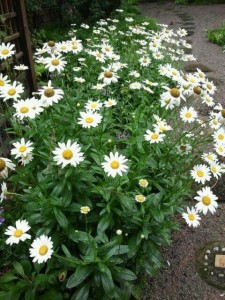
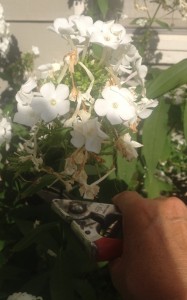
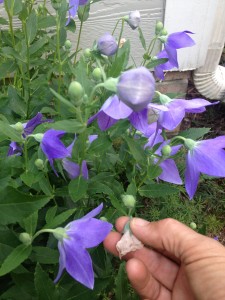
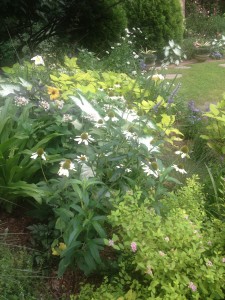

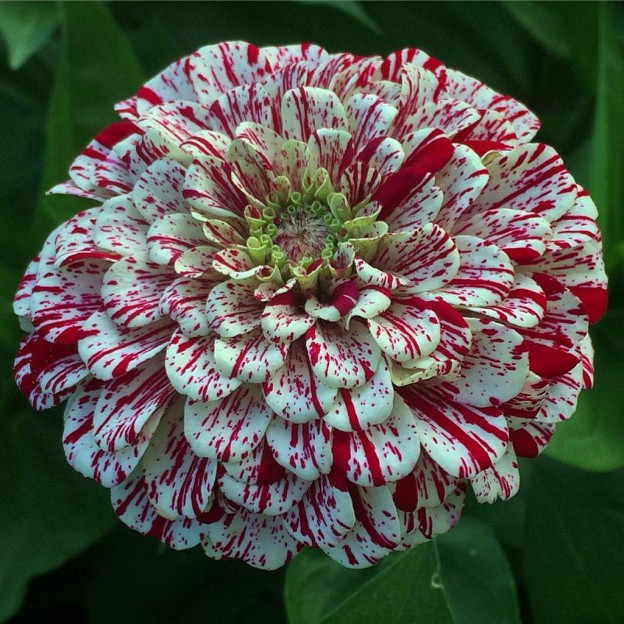
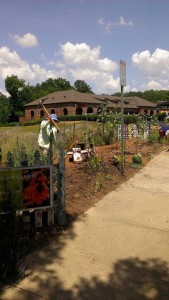
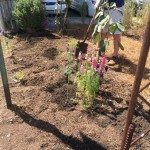

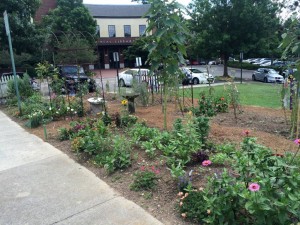
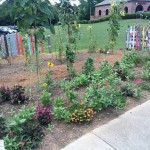
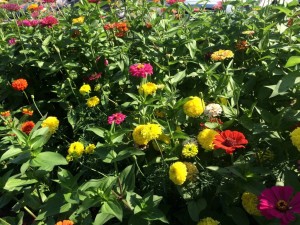
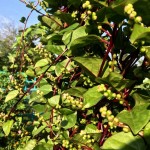
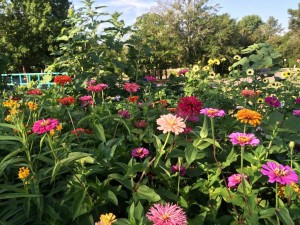
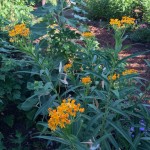
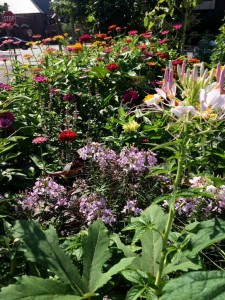
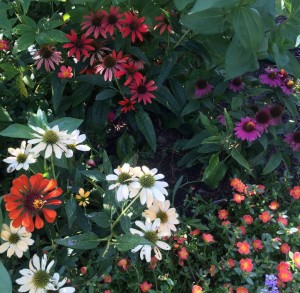
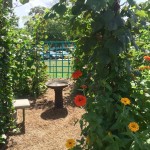

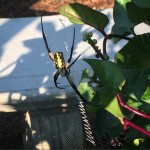
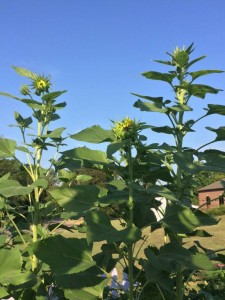
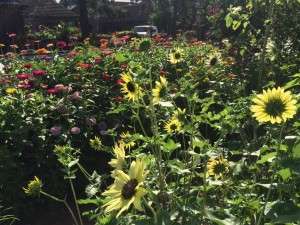
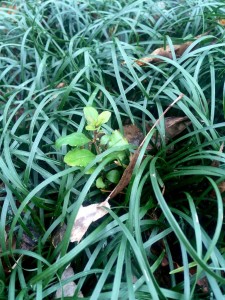
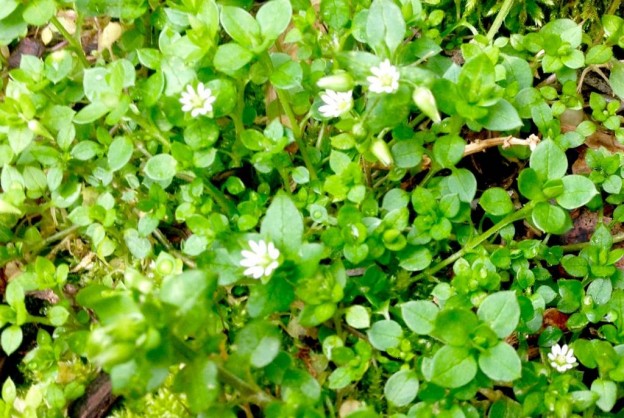
 Chickweed, Stellaria media, is one of those weeds that isn’t there until, seemingly overnight, it’s everywhere in garden beds and lawns. A winter weed, cooler weather is conducive to its rapid growth. Where I find it most annoying is its rapid spread in flower beds of pansies and other cool season annuals. Fortunately, because it’s a winter weed, it’s usually gone by June with the onset of summer’s heat.
Chickweed, Stellaria media, is one of those weeds that isn’t there until, seemingly overnight, it’s everywhere in garden beds and lawns. A winter weed, cooler weather is conducive to its rapid growth. Where I find it most annoying is its rapid spread in flower beds of pansies and other cool season annuals. Fortunately, because it’s a winter weed, it’s usually gone by June with the onset of summer’s heat.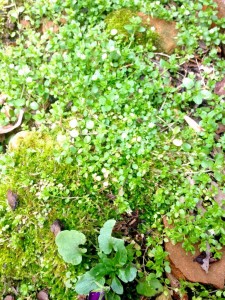
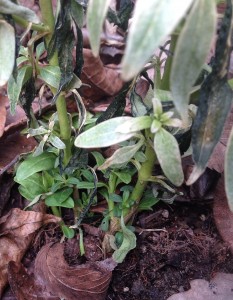
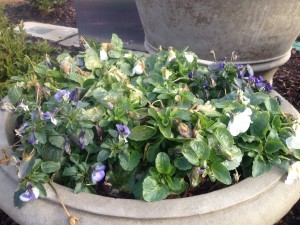
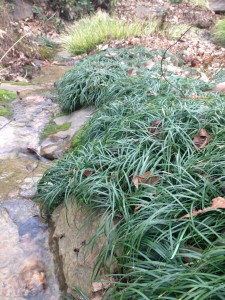
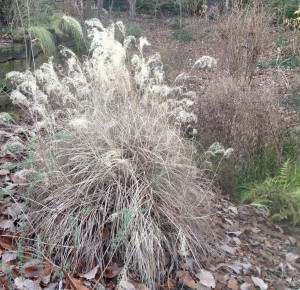
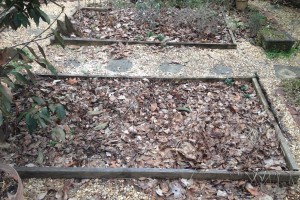
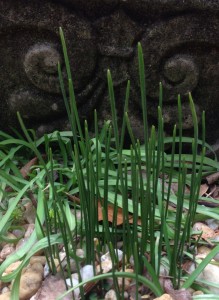
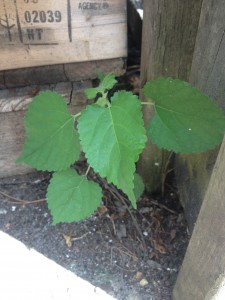 Mulberry weed, Fatuoua villosa, is a weed you definitely want to get rid of if you ever see it in your flower beds or any part of your landscape. Another common name is hairy crab weed – that doesn’t sound very pleasant does it? I cuss this weed out every time I see one (or more) in my garden…the main problem with this noxious weed is that it spreads by seed…and the seeds occur on very tiny plants. In my research, I keep finding that maintaining a 2″-4″ layer of mulch will help smother germinating seeds, and that pre and post emergent herbicides are very effective. Hower, because it grows so closely among desirable plants, using herbicides can be problematic, and not my favorite solution anyway.
Mulberry weed, Fatuoua villosa, is a weed you definitely want to get rid of if you ever see it in your flower beds or any part of your landscape. Another common name is hairy crab weed – that doesn’t sound very pleasant does it? I cuss this weed out every time I see one (or more) in my garden…the main problem with this noxious weed is that it spreads by seed…and the seeds occur on very tiny plants. In my research, I keep finding that maintaining a 2″-4″ layer of mulch will help smother germinating seeds, and that pre and post emergent herbicides are very effective. Hower, because it grows so closely among desirable plants, using herbicides can be problematic, and not my favorite solution anyway.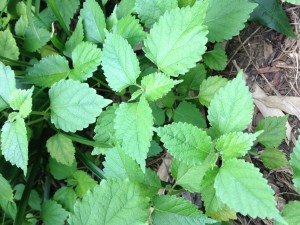
 Listed as a noxious and invasive weed, it gets it’s common name because it looks similar to mulberry tree seedlings when they’re 4″ tall…but this herbaceous weed has a taproot and can grow 3′-4′ tall. You never, ever want them to get to that point though!!!! It has purplish green flowers with no petals, and the seeds, which appear on it when it’s not even 2″ tall, are explosively discharged up to 4′ from the original plant. Because of this, there is never just one of this weed, but more likely, colonies of it. It’s easy to pull when young, but because it develops a taproot, it becomes more difficult to pull as the plant gets larger. Be vigilant in eradicating this weed, and dispose of any that you hand pull into a trash bag immediately – don’t ever put it in your compost pile.
Listed as a noxious and invasive weed, it gets it’s common name because it looks similar to mulberry tree seedlings when they’re 4″ tall…but this herbaceous weed has a taproot and can grow 3′-4′ tall. You never, ever want them to get to that point though!!!! It has purplish green flowers with no petals, and the seeds, which appear on it when it’s not even 2″ tall, are explosively discharged up to 4′ from the original plant. Because of this, there is never just one of this weed, but more likely, colonies of it. It’s easy to pull when young, but because it develops a taproot, it becomes more difficult to pull as the plant gets larger. Be vigilant in eradicating this weed, and dispose of any that you hand pull into a trash bag immediately – don’t ever put it in your compost pile.